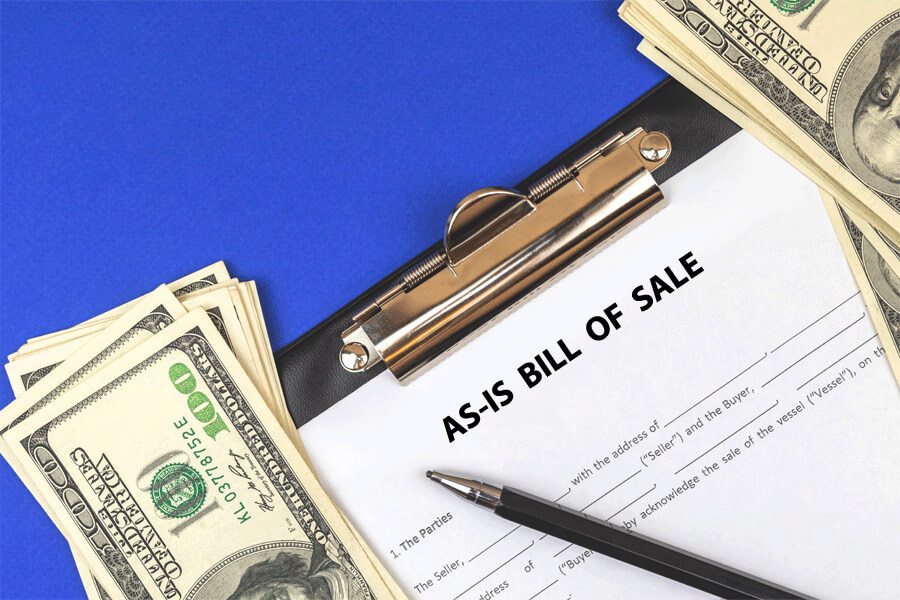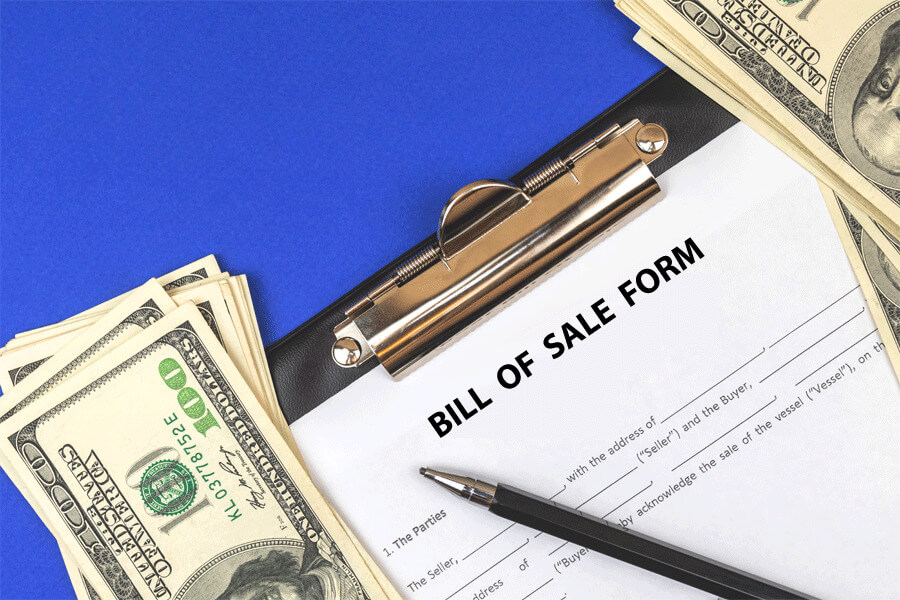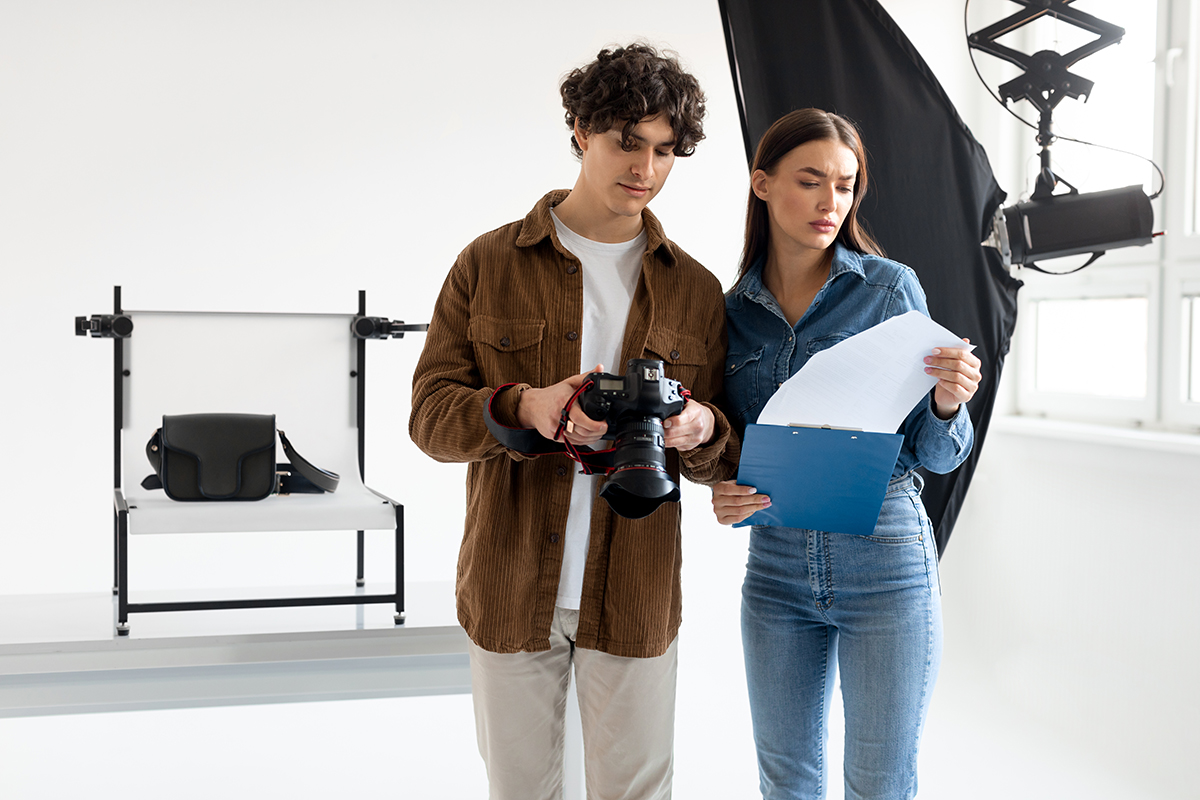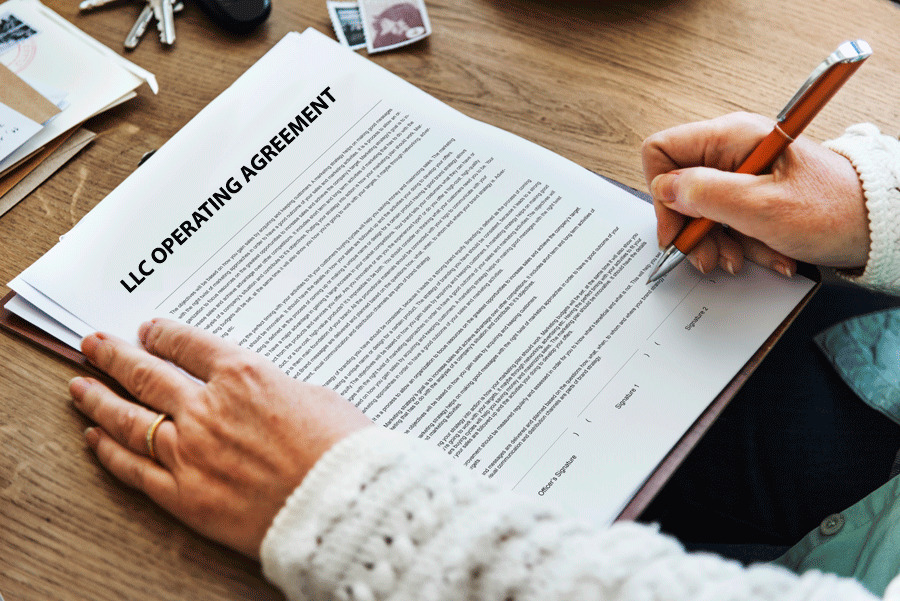This bill of sale is fundamentally a document that outlines the details of the purchase and sale, or ownership transfer, of different types of firearms.
Along with other pertinent information, the document specifies the buyer and seller, the type of firearm, the transaction date, and other relevant information.
Firearm ownership is a sensitive matter; thus, records are important when buying or selling any firearm. This form facilitates this by creating a paper trail of firearm ownership, which can be used whenever issues arise regarding the use or possession of a firearm. It helps to serialize the ownership of guns by verifying that owners are legally allowed to possess firearms. The document can be used by both licensed and unlicensed firearm dealers. This is because it serves as evidence of the transaction or sale, consideration (purchase price), that the seller or transferee was the legal owner and has the authorization to sell the firearm, and any representations made regarding the firearm’s condition or whether it was sold “as-is.”
It also describes the firearm transferred by indicating the type, model, serial number, year, make, and identifying marks. In private sales, the document acts as a receipt. If you fail to use this form, you can be held liable for any criminal activities, fines/fees, or violations linked to the firearm prior to or after the transfer, depending on the situation. Therefore, both parties should always retain a copy of the bill after every transaction. This article will discuss the essence of a BOS and its fundamental components.
Free Forms
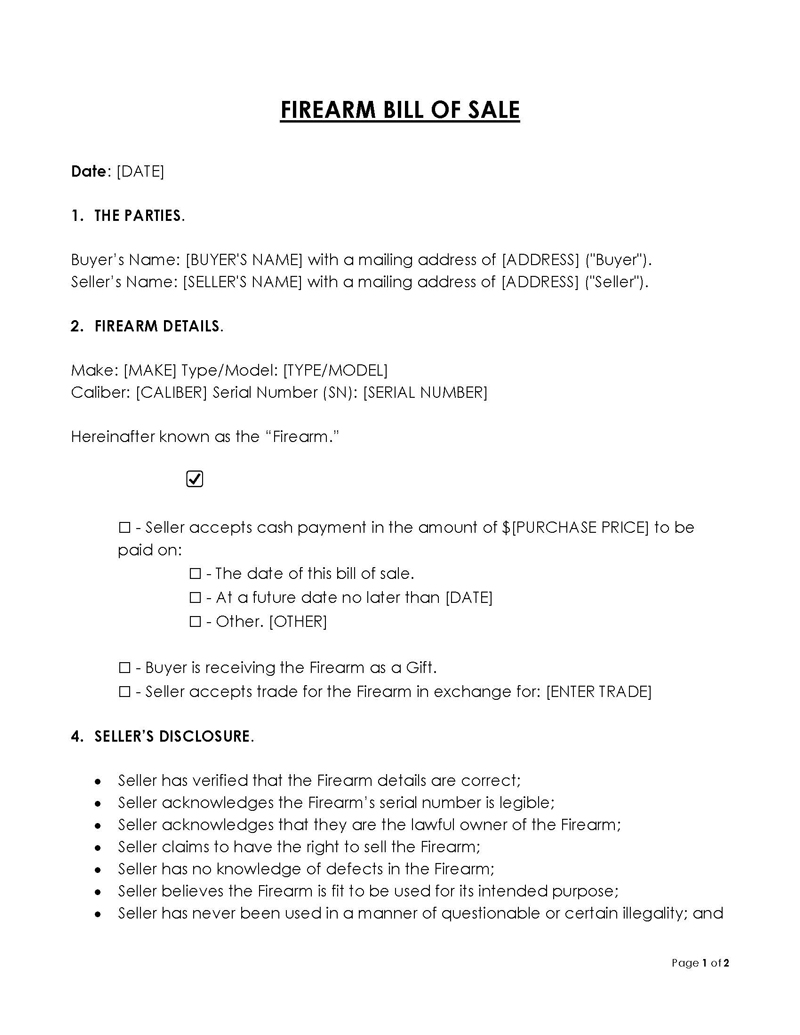
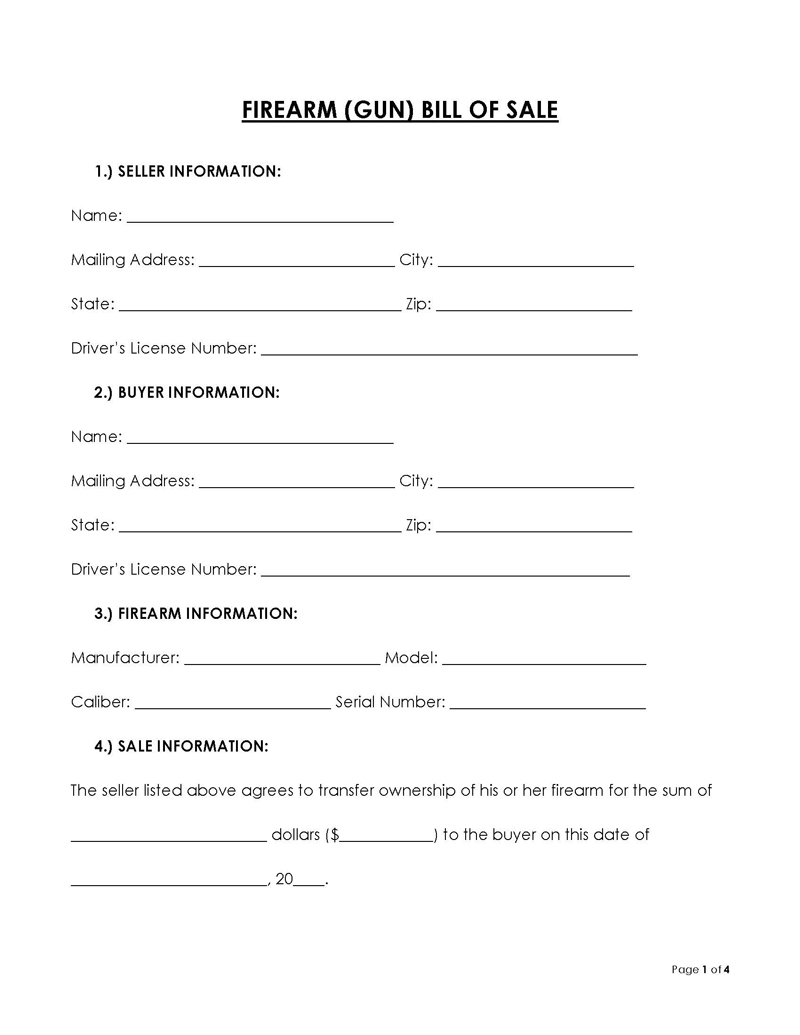
By states
Federal Firearms License (FFL)
The sale, transfer, transport, and manufacture of firearms and ammunition are governed by federal regulations in the United States. Firearm dealers, as a result, need to acquire a Federal Firearms License (FFL) to undertake these actions. The license binds the firearm dealer to conduct due diligence, such as background checks and other procedures, before selling a firearm and ammunition to a customer.
note
Holding an FFL is not mandatory for private gun owners unless their state or local laws demand it.
How to Sell a Firearm
Owning a gun is a privilege, not a right. This made it the most controversial topic among Americans. Gun ownership and transfer raise questions about arming citizens with the means to defend themselves against criminal activity. However, restrictions and regulations are there to prevent firearms from landing in unwanted hands. When purchasing or selling firearms, it is essential to follow these regulations in order to avoid legal repercussions.
An overview of the actions you can take to make sure a firearm sale is legal is provided below.
Step 1: Check your state’s gun laws
The gun laws in each of the 50 states are different when it comes to possession, interstate transport, and the sale and use of firearms. It is important to check the laws in your state before making an inquiry about a firearm purchase/sale. Learning and understanding gun laws ensures you are protected from legal ramifications.
Some states will require a bill of sale to be produced for the transfer of properties, while in some cases it is not necessary (though it is still encouraged to have one). This is because the document acts as proof of the transaction, including the date of sale, price, and other pertinent details. States can also impose other procedures, such as background checks.
Step 2: Get the weapon ready for sale and advertise it
The next step is to prepare your gun for sale. This will include ensuring that all the paperwork is complete and current. It also includes making sure that the gun is clean and in good working condition. You should empty the gun of all ammunition from the chamber and magazine. You should also disassemble the firearm for a thorough cleaning. Apply a lubricant to all the appropriate parts to ensure the firearm is efficiently functional. After preparing the gun, find a buyer.
You can market the firearm to people you are familiar with, like friends, neighbors, or relatives, to avoid selling it to strangers. You can use a platform like Facebook or websites designed specifically for selling firearms if you are unable to find an interested buyer within your social circles.
Step 3: Perform a background check and ask for a permit
Once you have found an interested buyer, perform a background check to verify the identity of the interested party. Ascertain that they are eligible for the purchase by checking if they have a criminal record, are drug abusers, or are mentally incompetent. Also, ask them to present a permit.
Legal gun owners will always possess proof of their legal right to possess firearms, such as a carry permit or a license to carry concealed weapons. In most states, requesting a permit is more of a precaution than a requirement.
Step 4: Negotiate the sale
Once you have the relevant information on the buyer, conduct a meeting and discuss the price and terms of the transaction. However, you should first research how much the firearm is worth before engaging the buyer. You should inform your buyer that they are getting a firearm that is in good working condition. This involves checking the current market and comparing sale prices with those of other similar guns.
The price can be influenced by the manufacturer, model, caliber, condition, uniqueness (if the firearm is a collector’s item), historical value, and local market factors. You can utilize websites that appraise firearms. Base your negotiations around the estimated value. Negotiations can be held at a location where security is guaranteed, like a shooting range, within the proximity of a police department, or at an FFL dealer.
Step 5: Execute the bill of sale
When both parties have reached an agreement on price, terms, and conditions, sign the form, acknowledging your understanding of the obligations and requirements under federal law and upon transfer of ownership. Next, receive and exchange the firearm for payment.
What Your Firearm Bill of Sale Should Include?
It is meant to record all pertinent details regarding the transaction between the seller and the buyer. While the specifics can vary depending on the situation and the type of firearm, most bills of sale will have similar components.
Regardless, below are the common items you will find in a standard BOS for a firearm transaction:
Filing date
The filing date is the date it was signed, which is essentially the date of the transaction. The document should capture the day, month, and year to have an accurate record.
Parties’ information
There should be no confusion about identity, especially when a firearm is involved. Therefore, both parties must provide their personal information on the form. This includes full names, mailing addresses, phone numbers, and other identification proofs like driver’s license numbers. This serves as a reference for the buyer or seller in the event of a disagreement or problem.
Description of the firearm
It should describe the firearm in full, which includes the make, model, serial number, and caliber. Information on the condition and defects of the gun is also necessary, as this influences its value. The document should also include a list of any accessories that will be included with the firearm.
Purchase information
Details about the purchase should be recorded in it. This will give you a record and a precise account of the money you received in exchange for the gun. This section outlines the following information:
- Payment amount: The exact figure paid by the buyer should be indicated in the document. The amount should be in numerals and in words, for accuracy and clarity.
- Payment date: It is necessary to include a date indicating when the declared payment was made to the seller.
- Payment options: A list of the payment options available to the buyer should be provided. Common payment options are cash, check, deposit, money order, or credit card. The document should indicate the option used in this particular transaction. Using options other than cash is encouraged to ensure there is a paper trail. Other payment arrangements, such as installments, trade-ins, or gifts, can be declared in this section. If a trade-in arrangement is being used, the asset should be described.
Disclosure for seller
It should contain a statement stating that the seller is giving the buyer ownership of the firearm. In addition, the disclosure should declare that the ownership transfer is based on the terms and conditions of the bill of sale.
Disclosure to the buyer
A buyer’s disclosure should be added to it. It should declare that the buyer has read and understood the stipulations of the bill and is assuming lawful ownership of the firearm.
Signatures
It must be signed by both parties to acknowledge that they are aware of and agree to the transaction’s terms, conditions, and liabilities. This section is often used as a condition of sale to protect both parties. Therefore, each party should add their signature along with the date of signing.
Notary acknowledgment
A notary should be involved in the transaction to confirm the veracity of the information given in it. A notary public will certify the signature on behalf of their state. They should insert a notary acknowledgment, signature, and seal to authenticate the transaction legally.
Laws for Private Sales
Selling private firearms is not greatly regulated on a federal level- rather, it is regulated by the states and certain municipalities. The laws for private firearm sales are included in each state’s individual code of regulations. Therefore, it is the responsibility of both the seller and the buyer to review these laws before engaging in private firearm transactions.
Frequently Asked Questions
Concealed carry is when a person carries their firearm in public in a “concealed” or hidden manner. In order to legally conceal a firearm, the carrier typically needs a license or permit from the state; however, in some states, this is not required.
All legal firearm sales must be for firearms with serial numbers. Serial numbers are needed for tracking guns. Therefore, selling guns without serial numbers is discouraged, as they are typically used in criminal activities.
You can write it using a template or by yourself. No matter the method, make sure the document includes the following information: date, parties, a description of the firearm, information about the purchase and payment, disclosures, signatures, and a notary acknowledgment.
It is more of a record of the transaction than a contract. Consequently, it is not legally binding in the majority of states but can still be used as proof of a transaction between the seller and the buyer.







